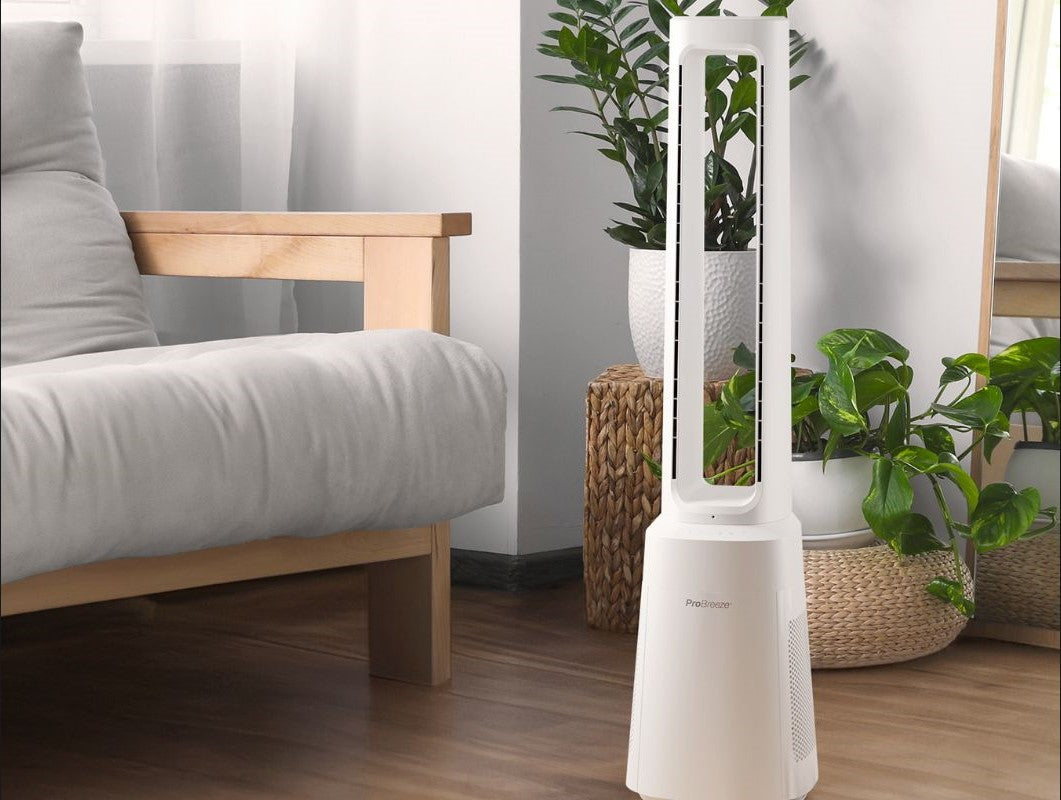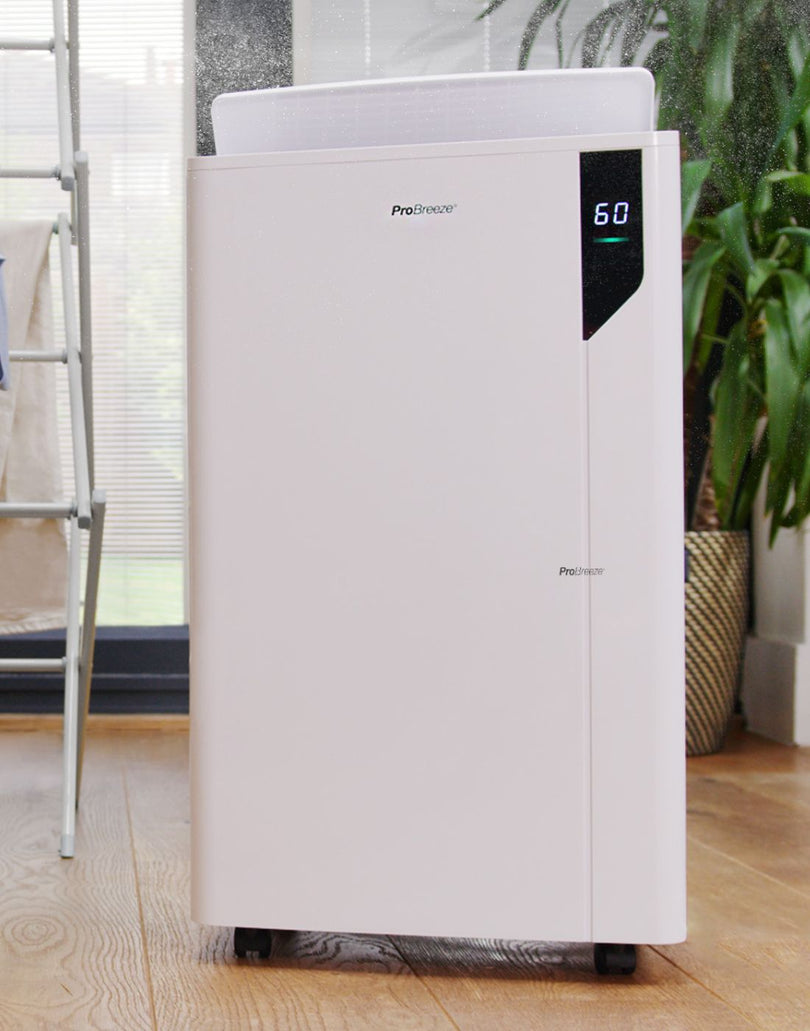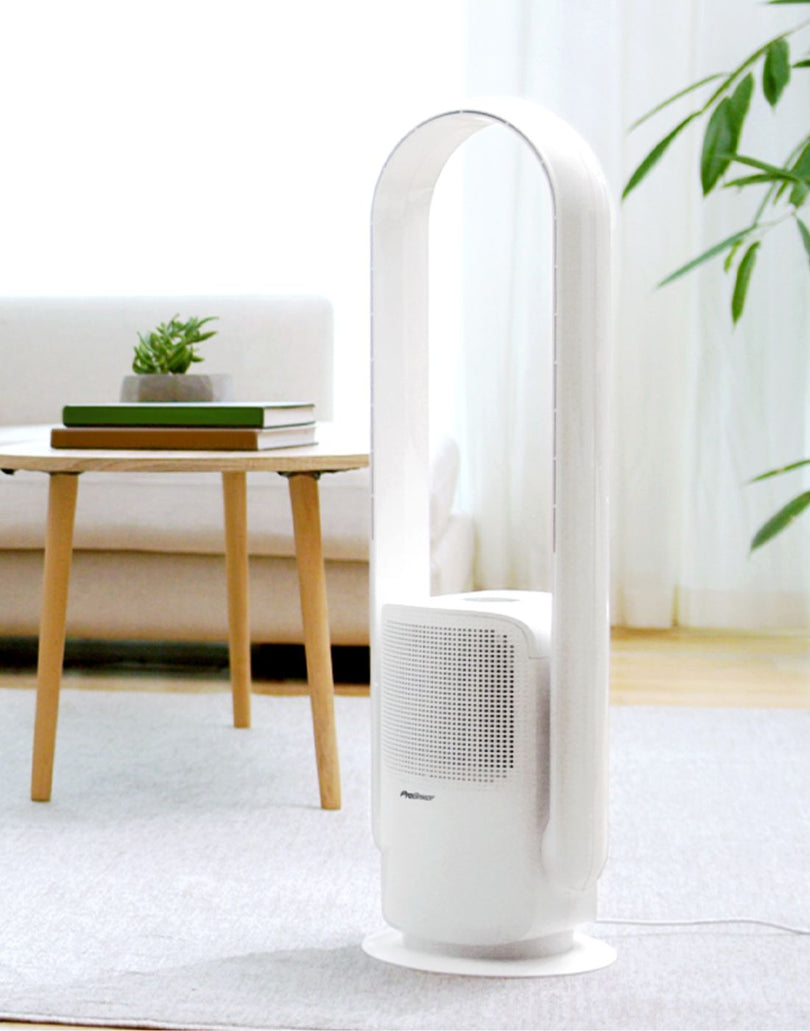Whether you own a house or you’re renting, damp is an inconvenient annoyance to all. Damp can cause damage to property and possessions as well as bring around negative health impacts, so if you do have damp or want to be prepared in the future, we’ve got you.
We’re here to save you endless hours of searching for “How to get rid of damp?” or “What causes the smell of damp?” and give you the tools to recognise, treat and most importantly of all, prevent damp.
How to know if you have damp
If you suspect you have damp – you probably already do! To figure out if you have damp, you must be able to recognise the tell-tale signs:
- Walls – Hold your hand against the wall. Does it feel very cold or slightly wet? Look for signs of mould or fungal growth which will appear as black speckled marks or grey growths on painted walls, woodwork, grouting, and wallpaper. Flaking paint or curling wallpaper can also be a sign.
- Ceilings – As well as looking for signs of mould, pay close attention to the colour of the ceiling. Is it discoloured or stained in areas? Brown patches in the external corners and near chimney breasts can be damp.
- Windows – Condensation on windows in the morning, along with small puddles of water along windowsills, can indicate high moisture levels within your house. This can be both a cause and a symptom of damp. Black mould may also develop on wooden and PVC window frames, and on the silicone sealant used around the edge of frames.





